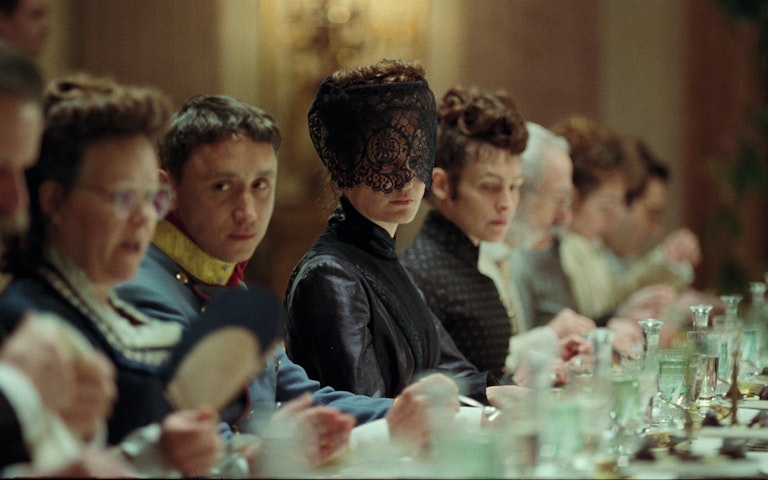Young Critics Review: Bones and All (Angelo Elia)

Bones and All
In the Italy of Luca Guadagnino’s Call Me by Your Name, the gaze is a vehicle for a reciprocal desire that surrounds the bodies of the protagonists, immersed in a Mediterranean torpor, approaching and admiring them. In the Germany of his Suspiria, the gaze is presented as divided, fragmented, as fundamentally the expression of a paranoid vision. But in the America of Bones and All, what place does the gaze have? The film opens with drawings of (apparently) midwestern landscapes, characterised by the presence of roads and pylons: evidently this will be the object of the film's gaze. The American landscape, however, is not only made to be contemplated, but also to be traversed, which is what the two protagonists of the film - Maren and Lee, a couple of young cannibals - do and which makes Bones and All a road movie.
"There will then be two ways of looking at America, one that looks at reality through continuous shooting and zooming (a homogeneous and uniform way of traversing a space) and one that rather uses jump-cuts and syncopated editing (a way of curtailing distances in a shorter time)."
But a landscape that is made of roads and pylons can be traversed in two ways, one continuous and linear, the other discontinuous and simultaneous. There will then be two ways of looking at America, one that looks at reality through continuous shooting and zooming (a homogeneous and uniform way of traversing a space) and one that rather uses jump-cuts and syncopated editing (a way of curtailing distances in a shorter time). The first way, the more traditional one, will be fine if you want to tell a coming-of-age story with good feelings, the second one will come in handy whenever something disturbing and sinister seems to peep out, when horror seems to rise to the surface.
A clear reference for the horror part seems to be The Texas Chainsaw Massacre (Tobe Hooper, 1974): one only has to see the editing of the famous first appearance of Leatherface and will have little doubt that Guadagnino was clearly inspired by this classic for Bones and All. The results are decidedly inferior to the model, but not entirely disappointing. Guadagnino's film prefers to add a component of sentimentality and subjectivity to the killings, so that the shock lies not so much in the depiction of bleak and senseless violence, but in the discovery of a human dimension of the victims (what Maren finds shocking is not the slaughter of the man at the fairground, but discovering that he had a wife and child). What struggles to work, however, is the purely sentimental part of the film, with its 'cannibals have feelings too' rhetoric, difficult to digest in its self-seriousness, its misplaced videoclip sugariness, its total lack of humour. One is reminded of The Texas Chainsaw Massacre 2 (1986): once he had left behind the bleakness of the first film, Hooper also says that even a monster like Leatherface needs to be loved, but he never lets the irony of the idea escape him, managing to be simultaneously more affecting, hilarious and disturbing than Guadagnino and to provide, in the process, a much more sincere depiction of America.

Angelo Elia
I am an Italian cinephile currently living in Turin and have recently completed an MA in film and media studies. I occasionally write about movies, particularly American movies and even more particularly westerns (I wrote a thesis on the cinematic representations of Wyatt Earp).







